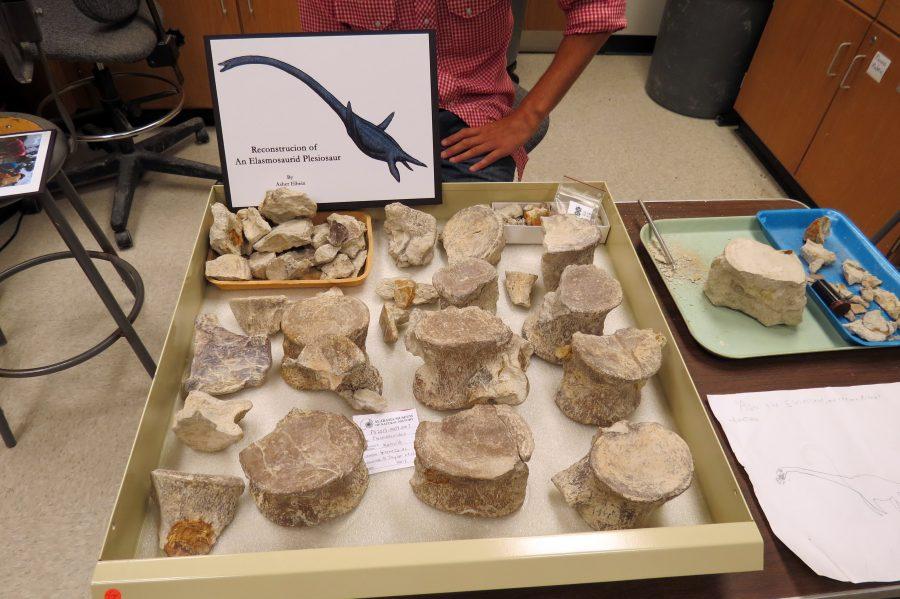High school and middle school students from all across country traveled down to Greene County, Alabama, to take part in the expedition, which was “an effort to provide hands-on scientific field research in the areas of paleontology, archaeology and practical ecology.” The museum expedition was designed to offer the participant an opportunity to work side-by-side with professional researchers on an actual field project,” according to the camp’s website.
The camp consisted of the two one-week terms, with the first week open to middle school students and the second week open to high school students. The camp was founded in 1979 and continues to provide a quality hands-on scientific experience to students.
Dana Ehret, a paleontologist at the University of Alabama, helped lead the camp over the span of two weeks guiding a group of nearly 20 students during each week on the field. The days consisted of extensive all-day digging in known fossil bearing fields in Greene County and lectures during the night covering paleontological topics.
“We found hundreds of fossils that week,” Ehret said. “Most of them being nearly 80 million years old. We found everything from fossil shark teeth, shark vertebra, fish teeth and a fish skull.”
The find of the week came from a 12-year-old camp attendee, who discovered a large vertebra of an Elasmosauridae, a large marine dinosaur reaching up to 45 feet. Much of the vertebra of the extinct creature had been found years before at the same camp. Elasmosauridae come from a family of dinosaurs that became extinct nearly 65 million years ago, according to the release from the original discovery.









